Cane sugar
Cane sugar is available from wholesaler August Töpfer & Co. either partly or fully refined or as unrefined sugar.
History and origin of cane sugar
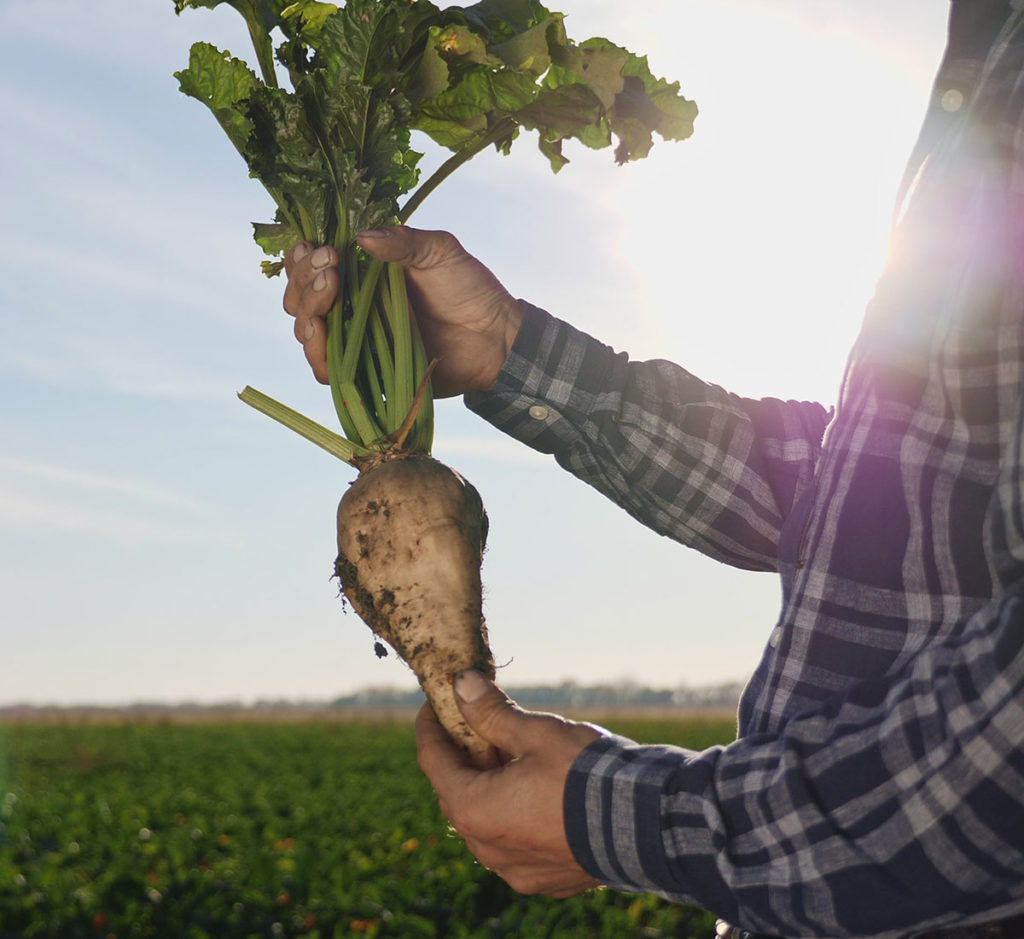
Sugarbeet is the most important crop for sugar production in Germany and other regions with a temperate climate. Common household sugar is extracted from this plant and is available in our range. Globally, however, most sugar comes from another plant: sugarcane. This plant belongs to the family of sweet grasses and grows in regions with a tropical or subtropical climate. Since the growth of sugarcane stops at temperatures below 15 °C, cultivation in temperate zones is much more difficult and even impossible without the use of certain techniques.
The inhabitants of India and other countries in the East Asian region began growing and using sugarcane as early as the 5th century BCE. During this early period, the inhabitants bred their own varieties that were even better suited to cultivated growing. Trade in sugarcane was established in the 1st century CE. With the expansion of the Arabs, the cultivation of sugarcane also reached places such as Morocco and Sicily. As a result of the crusades, the popular cane sugar made it to Western Europe, and even to South America via Spain and Portugal.
The cane sugar grown in the Mediterranean region supplied European countries with the sweet product for several centuries. Sugarcane remained the only source for sugar production until the mid-18th century. In 1747, a chemist discovered that sugarbeet could be used to produce chemically identical sugar. This plant has the decisive advantage that it can also be grown in the temperate climate of Europe, enabling the continent to produce its own sugar. The most natural form of sugarbeet has a sugar content of just two percent. Breeding new varieties increased this to up to 22 percent.
Cultivation and production of cane sugar
Today, 70 percent of sugar produced worldwide comes from sugarcane. This equated to around 1.8 billion tonnes in 2017. Most important for the cultivation of cane sugar are Brazil, India, China, Thailand and Pakistan. On the world market, the price of cane sugar has been below that of beet sugar for quite some time. However, its import into the EU was made difficult and more expensive due to tariffs and quotas that were in place until 2004. The World Trade Organization ultimately expressed its support for the gradual opening of the market, which further increased the importance of sugarcane in the subsequent years. Sugarcane is harvested by hand or special machines nine to 24 months after planting. In both cases, the stalk of the sugarcane is cut just above the ground. Leaves and other unusable parts of the plant are removed in the field as it is harvested. The stumps remaining in the ground sprout again and thereby enable repeat harvesting. This process can be repeated up to eight times. The pulp of the plant comprises up to 20 percent sucrose and is therefore suitable for the extraction of sugar.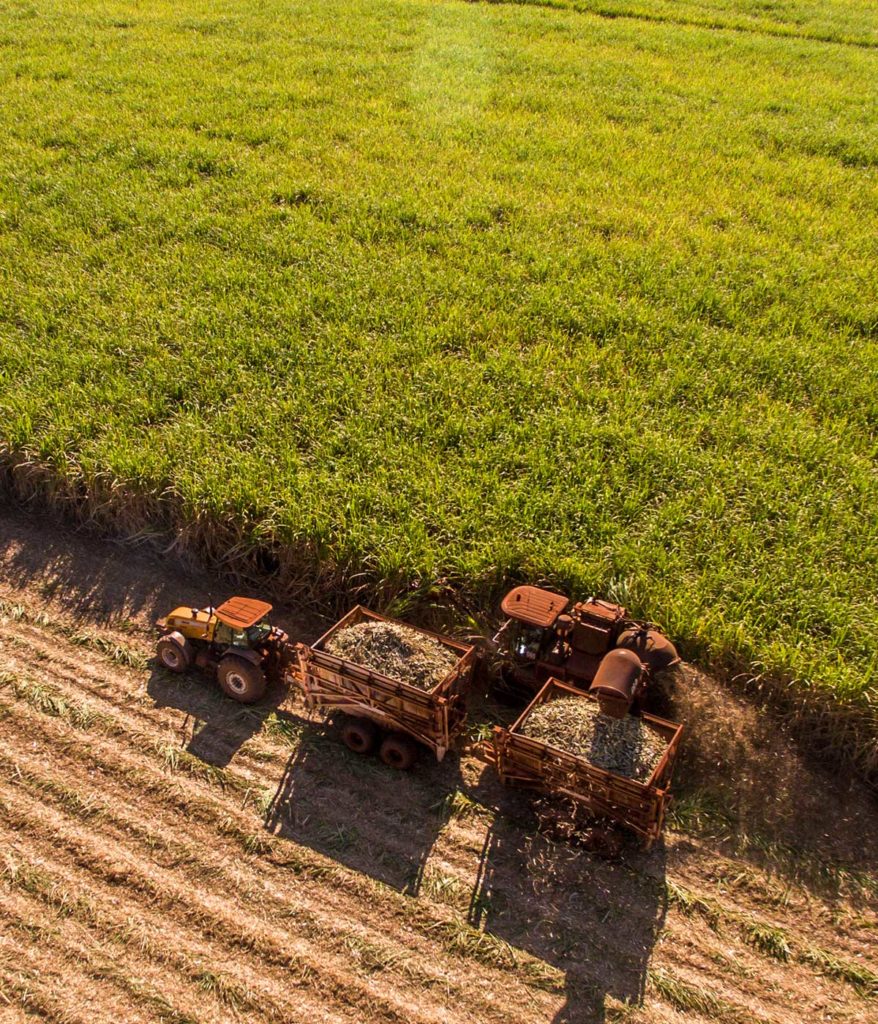
Production of cane sugar
Although sugarbeet was only discovered as a source of sugar many centuries after sugarcane, the process for extracting sugar from both crops is almost identical.
Sugar production begins by shredding the plant. The raw sugar juice is then obtained through pressing. In the next steps, non-sugar substances such as minerals or proteins are separated from the sugars through the use of lime, carbon dioxide and filters. The juice is subsequently thickened by evaporating the water content. Sugar crystals form in an actively induced crystallisation process. Some of the sugar juice is left behind as it is not suitable for the formation of crystals. This step is repeated a number of times, during which the cane sugar is dissolved, filtered and crystallised. Centrifugal forces finally separate the sugar crystals from the remaining molasses.
This process is known as refining and is responsible for the pure white colour of refined sugar; it distinguishes the cane sugar as an industrial sugar. Raw cane sugar is dried after just a single round of refining. In the case of unrefined, dark whole cane sugar, this process is omitted entirely. For the production of this sugar variety, the raw sugar juice is thickened, then dried and finally ground. The molasses contains minerals and vitamins which are retained in the product, as they are not separated from the sugar crystals through centrifugation.
When producing cane sugar for the wholesale trade, the pressed plant – or bagasse – is left over. This contains a significant amount of cellulose and can be used as heating material in sugar factories or processed into paper. The molasses separated from the sugar is suitable for the production of alcohol and animal feed.
Refined and unrefined cane sugar
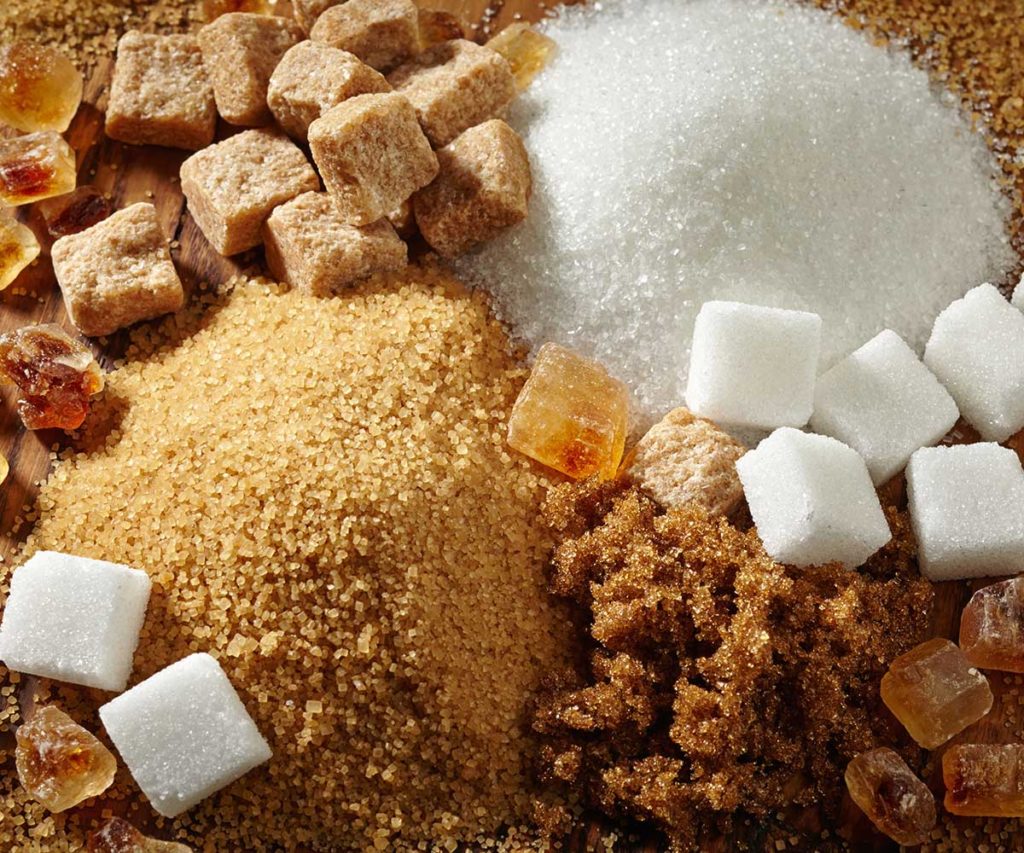
Three general types of sugar available wholesale can be made from sugarcane: Cane sugar, raw cane sugar and Whole cane sugar.
Cane sugar refers to a refined white sugar. It is identical to beet sugar, which is more common in Germany. Only the raw material and origin differ for the two sugar varieties. Raw cane sugar is partially refined and contains around 0.3 to one percent molasses, which is mixed with sugar crystals. This type of sugar is characterised by a lighter, brown colour compared to whole cane sugar.
Unrefined cane sugar is called whole cane sugar. It contains the vitamins and minerals of the original raw material. This type of sugar is characterised by the highest molasses content. It therefore has a dark colour and an aromatic flavour.
The term raw sugar includes cane and beet sugar that is less intensely cleaned and refined than conventional white sugar or Industrial sugar. This means that some of the molasses – the dark-brown, viscous sugar syrup – remains in the product. This syrup gives the sugar a brown colour and a distinctive flavour. Beet sugar is not available to buy in this form, as its flavour is considered inedible.
Brown cane sugar refers to raw cane sugar or whole cane sugar. Both types of sugar have a caramel-like, sweet flavour. Moreover, they contain the minerals and vitamins of the sugarcane, such as iron, calcium, magnesium, phosphorous and B vitamins. Some consumers believe raw cane sugar is healthier than conventional white sugar for this reason. But the amount of healthy contents is relatively low. You would have to consume an unhealthy amount of highly calorific sugar to cover the body’s nutritional needs. Other sources of nutrients should therefore be preferred.
The term brown sugar can confuse some consumers. Raw cane sugar and whole cane sugar are distinguished by this characteristic colour. In some cases, however, this product designation is also used for refined sugar that is subsequently coloured with molasses. Furthermore, the brown sugar we offer is often made from sugarbeet, which is used for the production of white sugar at our latitudes. When buying unclearly declared sugar with a brown colour, it is important to check exactly which product it concerns.
Different types of cane sugar: demerara, panela and other varieties
Depending on the country of production as well as the production method, certain types of cane sugar are available wholesale.
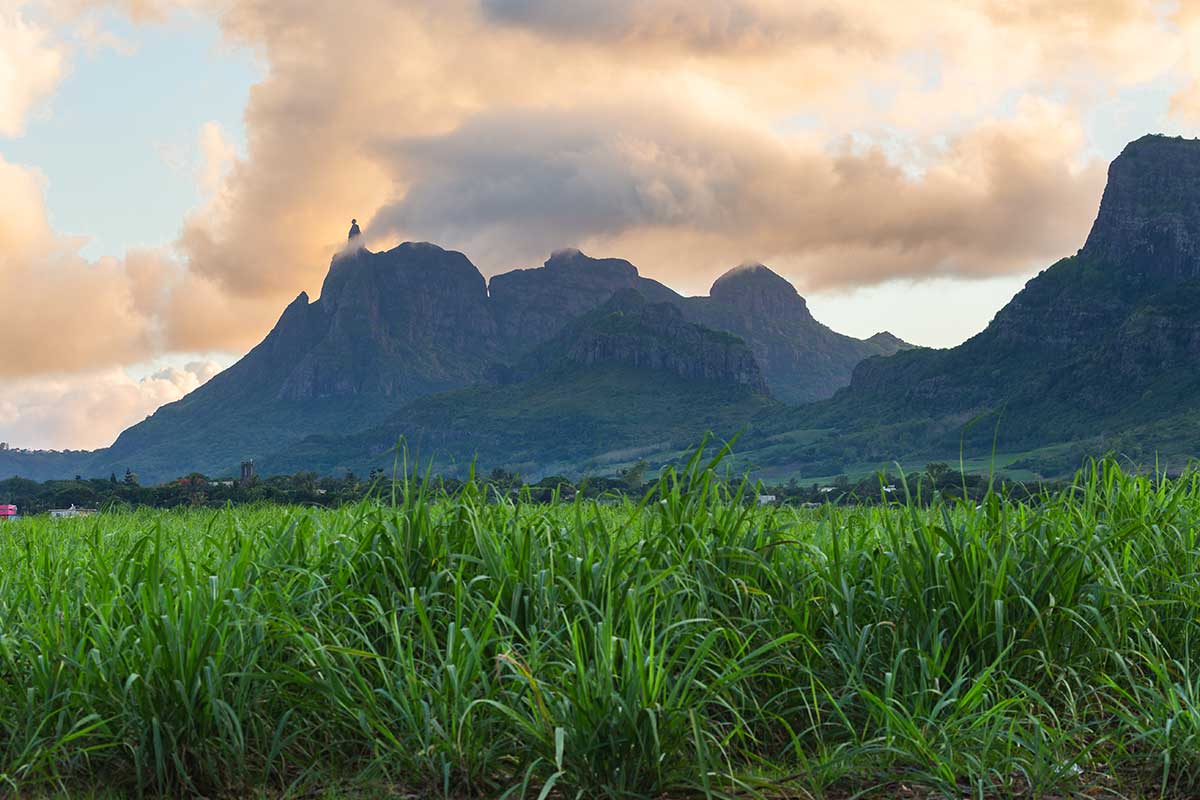 © FedevPhoto/iStock.com
© FedevPhoto/iStock.com
Demerara sugar
A darker kind of raw cane sugar is available as demerara sugar. The sugar syrup contained in this variety gives it a natural flavour. Demerara sugar has large crystals and a molasses content of around two to three percent. The term demerara comes from the Dutch colony of the same name, which was originally the most important cultivation region for this type of sugar. Meanwhile, Mauritius has established itself as the main country of origin for this cane sugar.
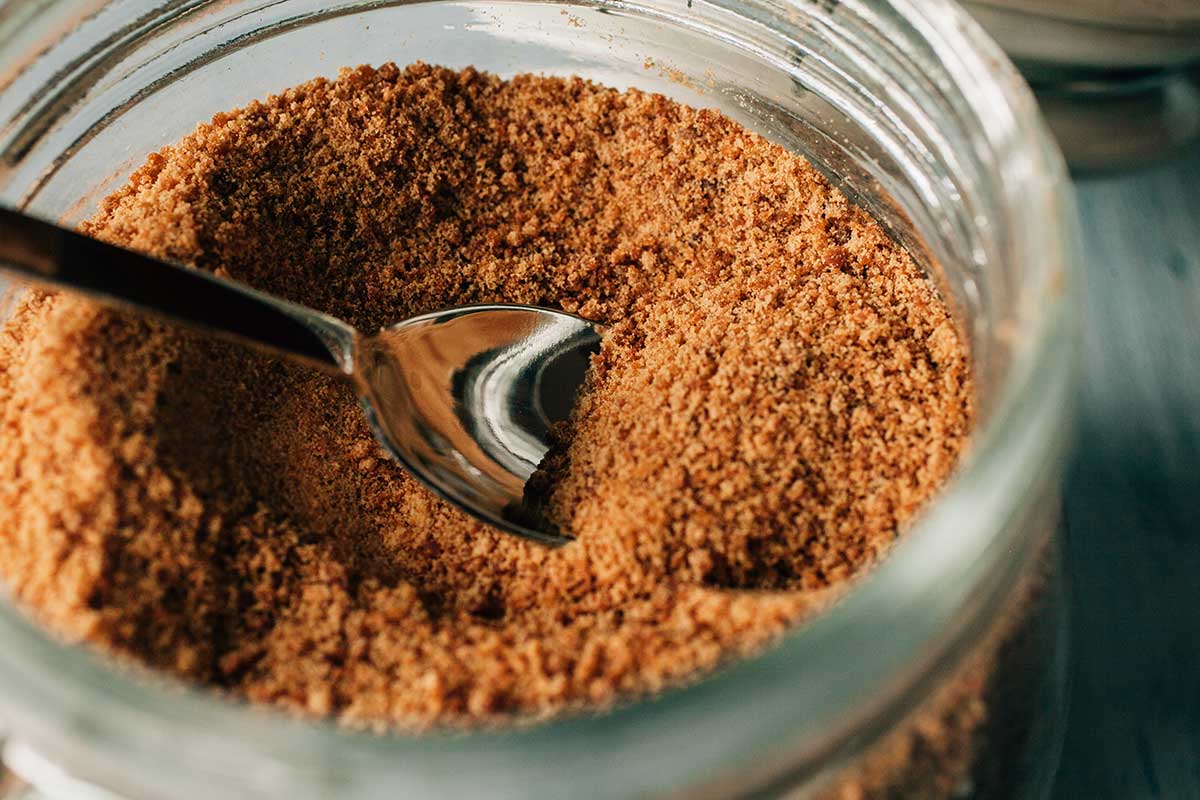 © Nacho Mena/iStock.com
© Nacho Mena/iStock.com
Panela cane sugar
Panela cane sugar is a typical sugar variety available from various South American countries. Today, Columbia is considered the most important cultivation region and export country. To produce it, the boiled-down sugar syrup is poured into moulds and then set. In the last processing step, the hardened sugar blocks are ground into fine crystals. Since no refining takes place, this type of sugar is a whole cane sugar. The caramel-like taste is similar to honey and liquorice. Due to the powdery consistency, panela cane sugar is ideal for sweetening drinks or dishes.
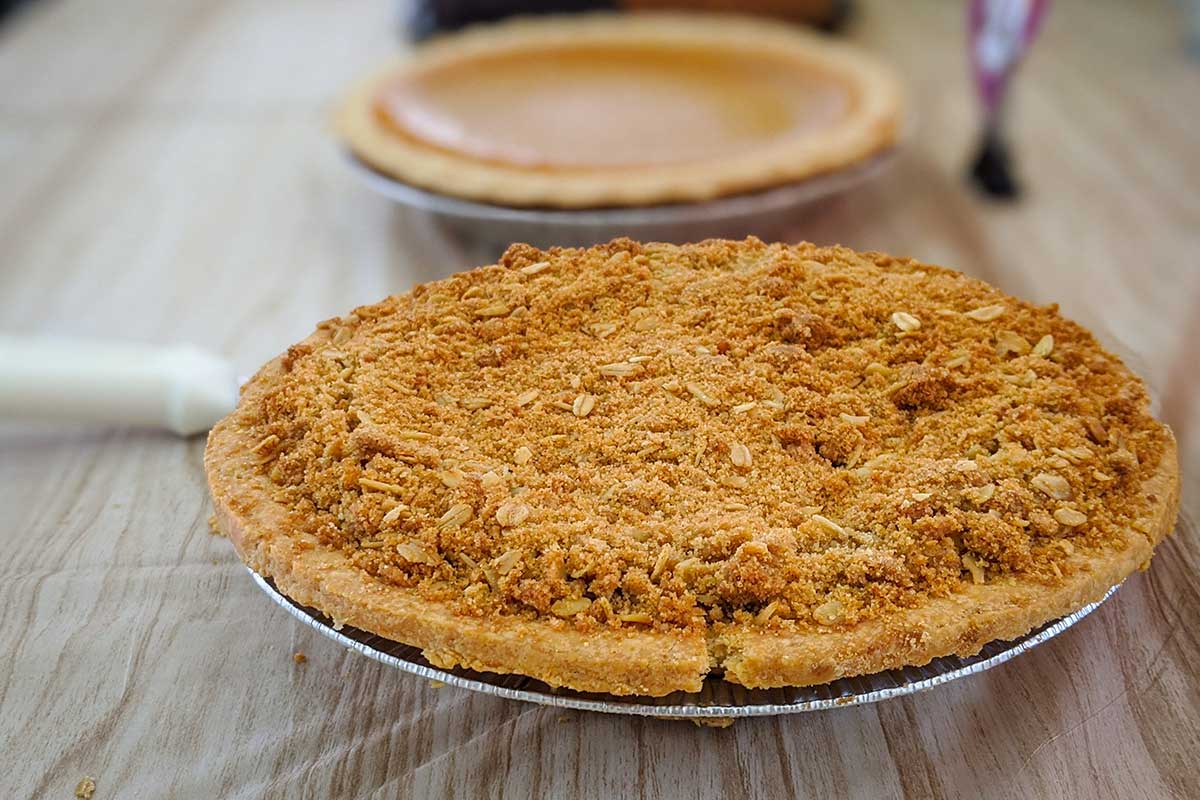 © Obi Onyeador/unsplash.com
© Obi Onyeador/unsplash.com
Turbinado sugar
Turbinado cane sugar is partially refined and is characterised by a more subtle caramel taste and a lighter colour than whole cane sugar. What’s special about this sugar variety are the large crystals. Turbinado sugar is therefore ideal for decorating or topping cakes, biscuits and other baked goods. If you replace conventional sugar with this sugar variety, please bear in mind that this type of sugar binds more moisture. For this reason, the recipe may have to be adjusted accordingly.
Contents of cane sugar
Whole cane sugar and raw cane sugar have more nutrients than refined white cane sugar due to the molasses contained. However, sugar is not suitable for covering the body’s nutritional needs as it contains only a small amount of nutrients. A sufficient quantity of nutrients would also be accompanied by a high amount of calories. In addition, excessive consumption of sugar has a negative effect on dental health.
A comparison of the contents of cane sugar, raw cane sugar and whole cane sugar shows that the sugar and calorie content only varies marginally. Whole cane sugar contains the most molasses and thus the lowest amount of carbohydrates or sugar.
Nutritional value of whole cane sugar
| Nutritional value | per 100 grams |
|---|---|
| Calories | Approx. 380 kilocalories |
| Carbohydrates | Approx. 95 grams |
| Sugar | Approx. 95 grams |
| Fibre | 0 grams |
| Protein | 0 grams |
| Fat | 0 grams |
Nutritional value of raw cane sugar
| Nutritional value | per 100 grams |
|---|---|
| Calories | Approx. 390 kilocalories |
| Carbohydrates | Approx. 97 grams |
| Sugar | Approx. 97 grams |
| Fibre | 0 grams |
| Protein | 0 grams |
| Fat | 0 grams |
Nutritional value of cane sugar
| Nutritional value | per 100 grams |
|---|---|
| Calories | Approx. 380 kilocalories |
| Carbohydrates | Approx. 98.5 grams |
| Sugar | Approx. 98.5 grams |
| Fibre | 0 grams |
| Protein | 0 grams |
| Fat | 0 grams |
Our cane sugar is certified:
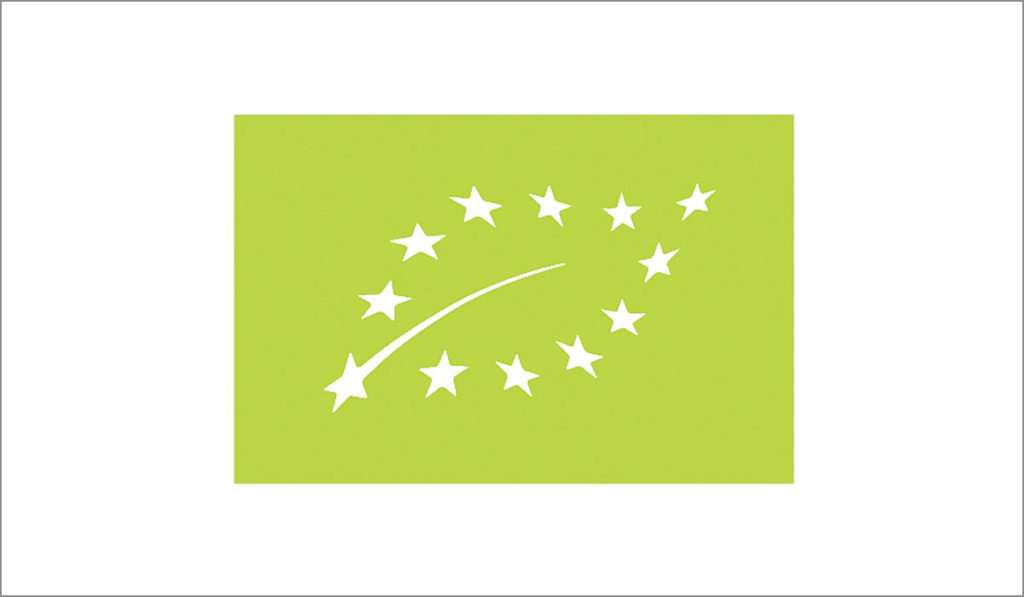
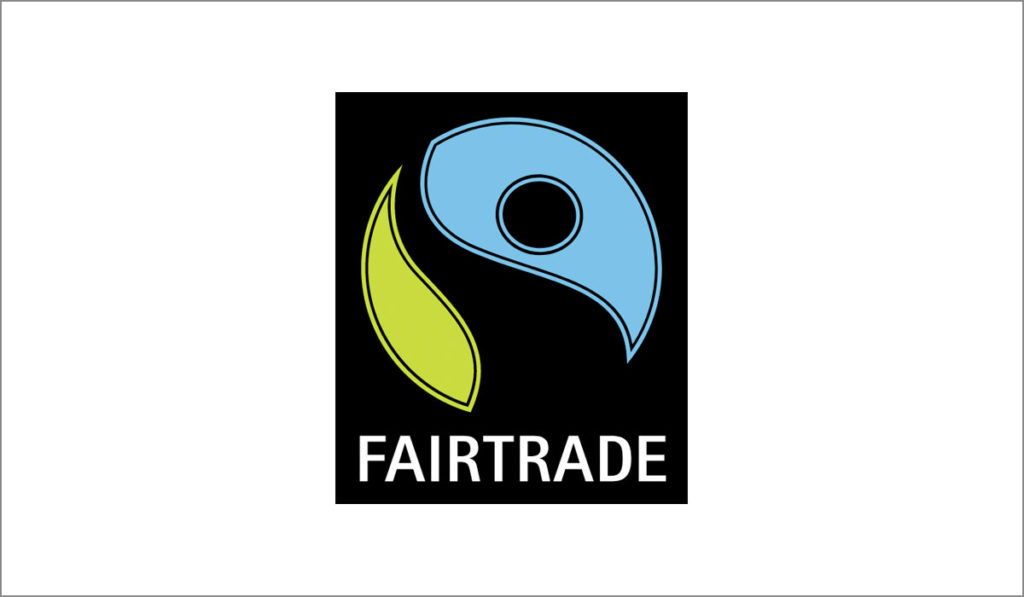

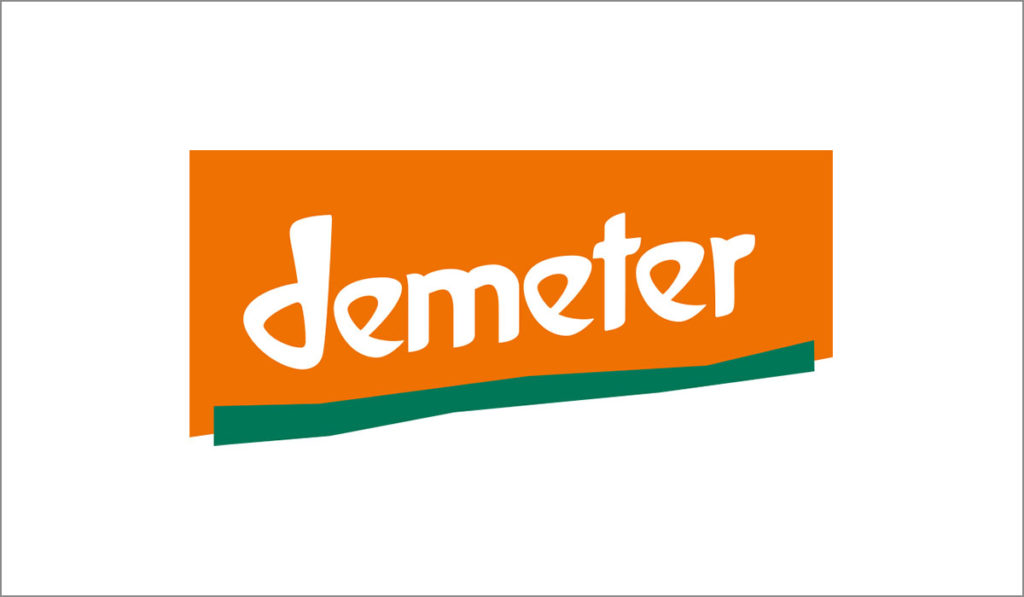
Buy cane sugar from the wholesaler August Töpfer & Co.
The shelf life of cane sugar is longer than that of raw cane sugar or whole cane sugar, as these less refined sugars are more susceptible to clumping. It is therefore particularly important to store these products in a cool, dry and dark place. Moreover, the packaging of cane sugar should be airtight.
If you wish to buy cane sugar or raw cane sugar in Germany, this is possible all year round. At August Töpfer & Co., you can order high-quality products in different packaging units, including small units of 25 kilograms of cane sugar or 25 kilograms or organic cane sugar as well as large-sized packaging and bulk containers. Unrefined sugar is usually traded in sacks or Big Bags of 1,000 to 1,200 kilograms net weight each. In the case of organically grown products, independent and accredited inspection bodies control cultivation as well as production and distribution. The products receive the organic label only after meeting all strict criteria. We work closely in all areas with producers in the countries of origin. We improve our standards on an ongoing basis through constant communication with producers, inspection bodies and authorities.
